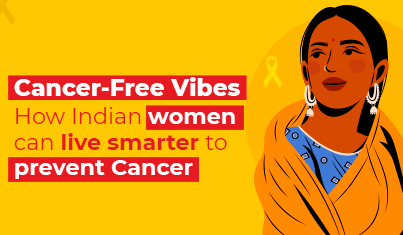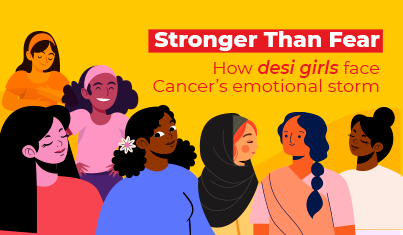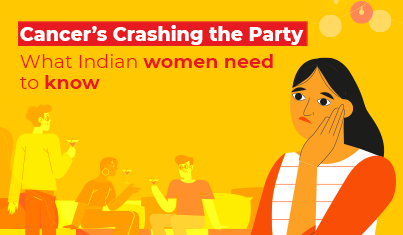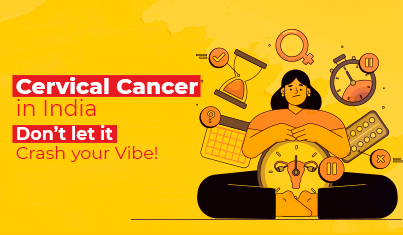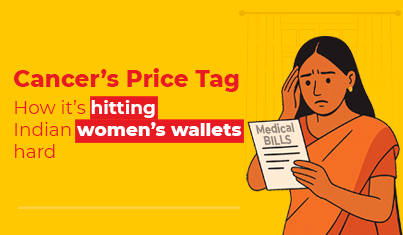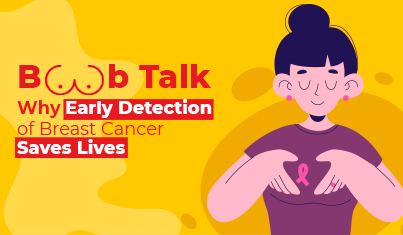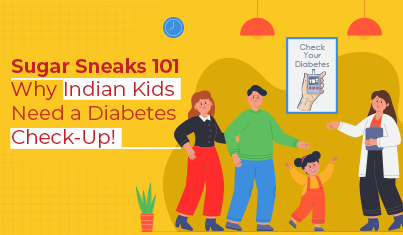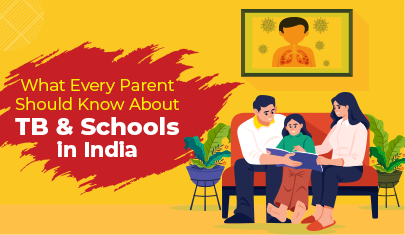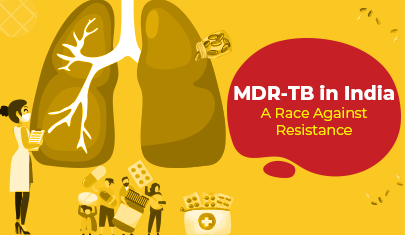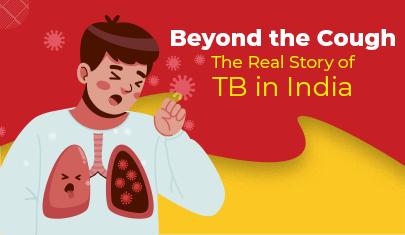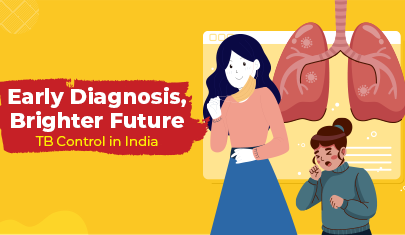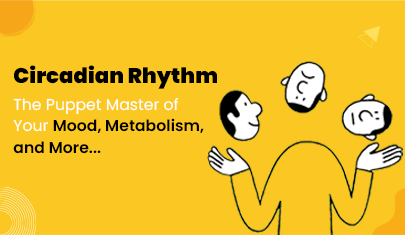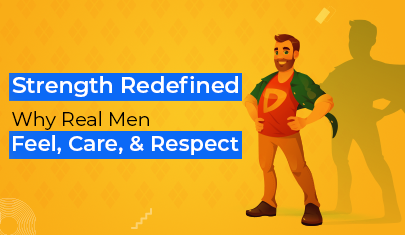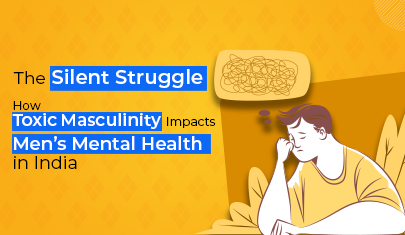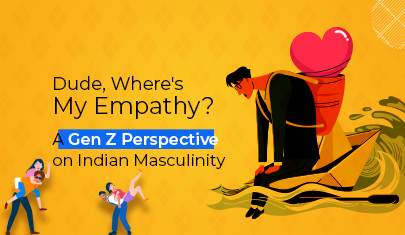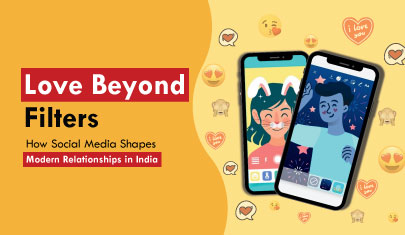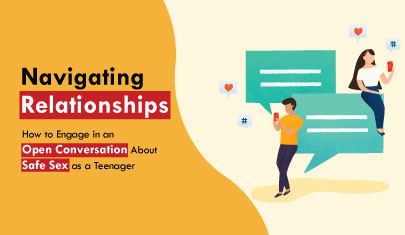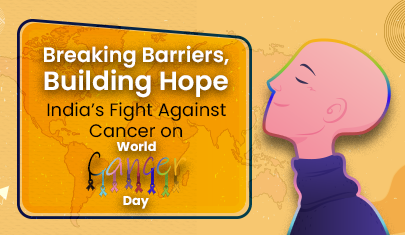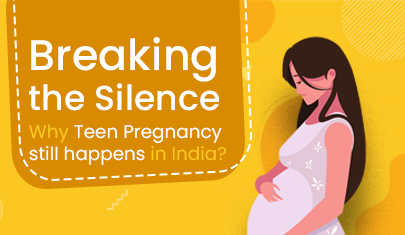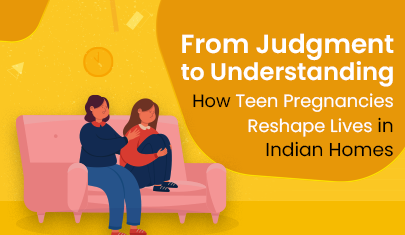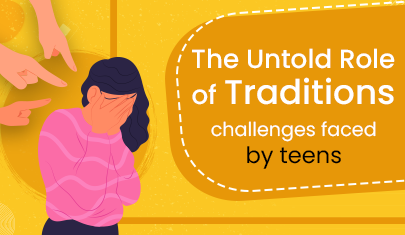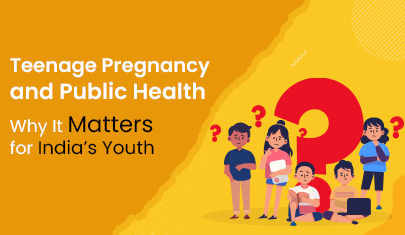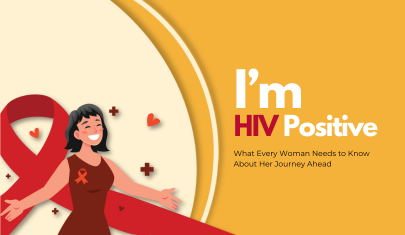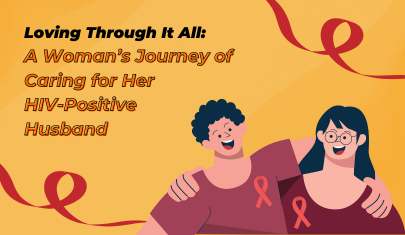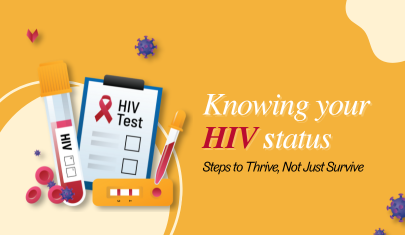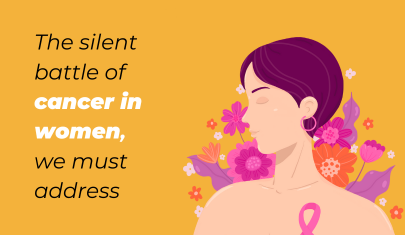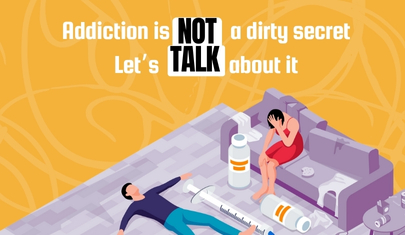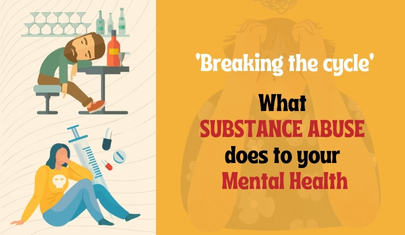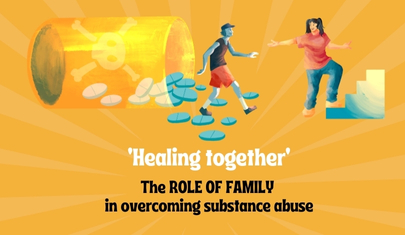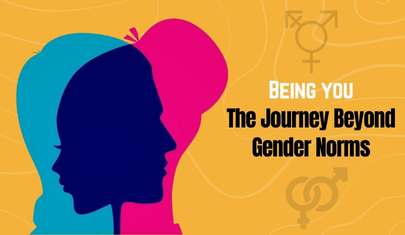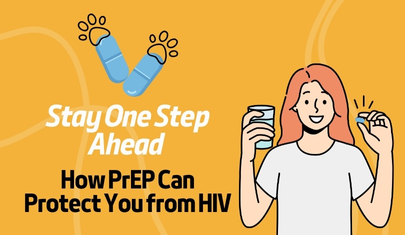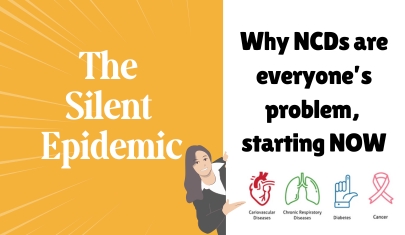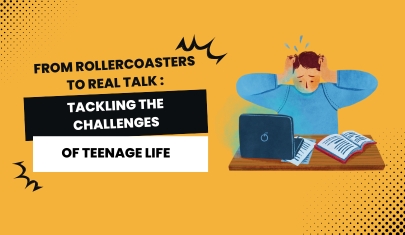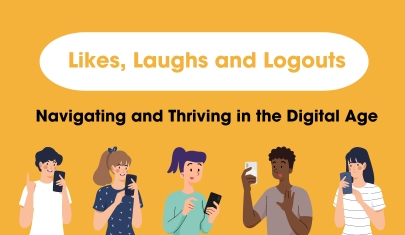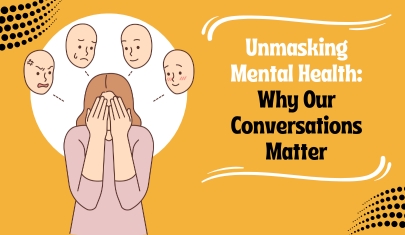General
Why Consistency is Key: The Lifesaving Routine of HIV Treatment
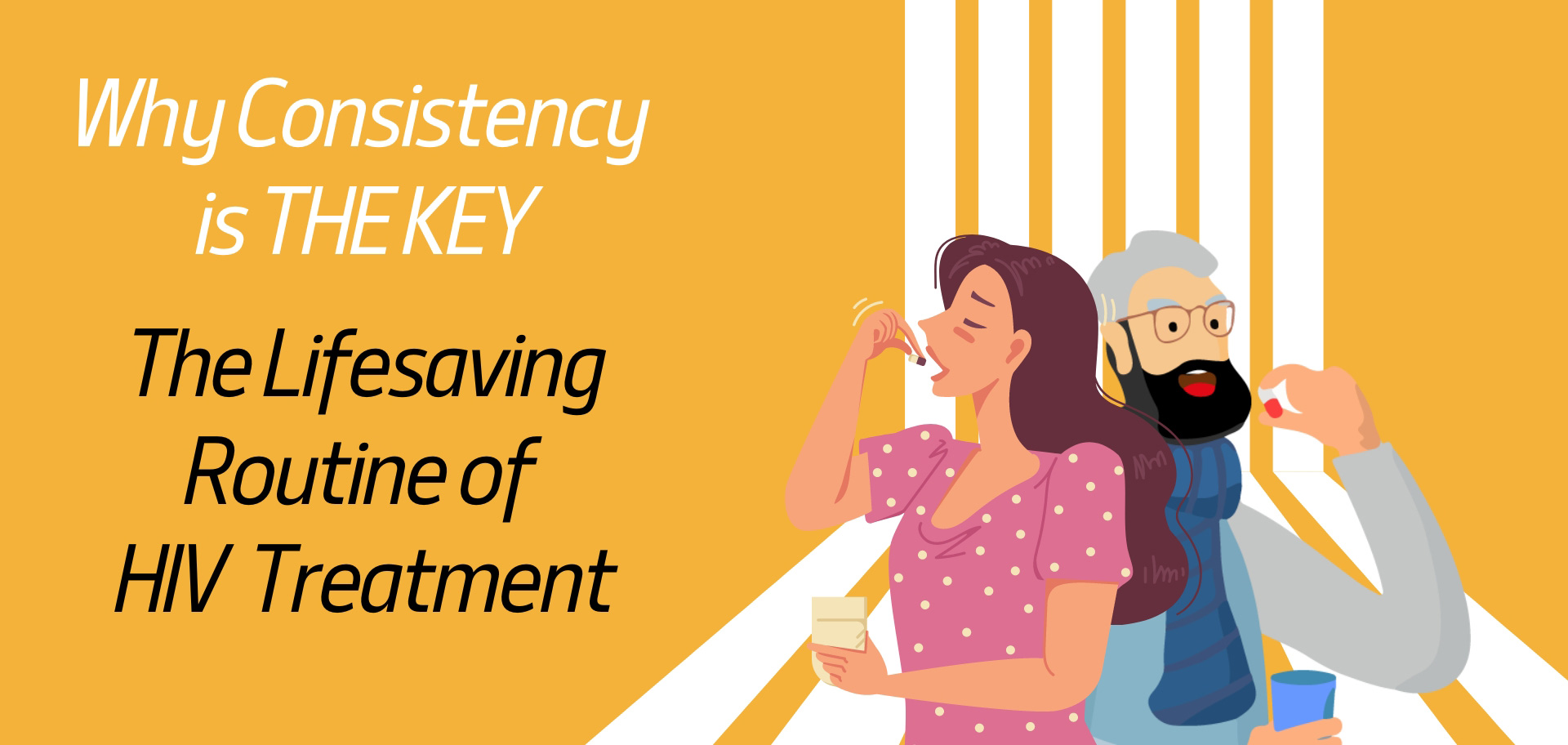
What Exactly Is ART, and Why Does It Matter So Much?
So, let’s start with the basics. ART is a treatment that helps manage HIV by keeping the virus under control. Now, it doesn’t cure HIV, but it’s pretty amazing at helping people live longer, healthier lives. But here’s the kicker: it only works if you stick to the plan, like religiously. We’re talking no missed doses, no “I’ll just take it later” moments, none of that. But why is that so crucial? Have you ever wondered what really happens if someone doesn’t follow the schedule?
Think of ART like a shield. It stops the virus from making copies of itself, which is huge because if the virus multiplies, it gets stronger and harder to fight. But if someone starts skipping doses, even just a few times, it’s like poking holes in that shield. The virus could break through, start multiplying again, and even become resistant to the meds. And if that happens, the whole treatment plan might have to change—maybe to something stronger, with more side effects. Imagine the stress and worry that would come with that. It’s a lot, right?
But here’s another angle: it’s not just about the meds. There’s this whole other side to ART that’s just as important—diagnostics. Regular check-ups, blood tests, keeping an eye on viral loads—it’s like having a game plan and sticking to it. But let’s be real: how many people actually keep up with all those appointments? Maybe it’s because diagnostics sound scary, or maybe people think, “I feel fine, so I must be fine.” But that’s not always the case. How can we make diagnostics feel less intimidating and more like an essential part of the process?
The Real Deal with Stigma and How It Affects Treatment
One thing that really gets under my skin is the stigma around HIV and ART. It’s like this invisible weight that people have to carry, on top of everything else. Have you ever noticed how people don’t really talk about being on ART? It’s like there’s this fear of being judged or seen differently. Why is that? Shouldn’t we be past this by now? But the reality is, stigma is still a big deal, and it can seriously mess with someone’s willingness to stick to their treatment.
Imagine having to take your meds every day, but feeling like you have to hide it from everyone. Or going for a check-up and worrying about who might see you there. It’s exhausting, and it can lead to people skipping doses or avoiding the clinic altogether. So, how do we tackle this? How do we create an environment where people feel safe and supported, rather than judged?
One way to cope with the stigma is through education—both for the person on ART and for the people around them. The more people know about HIV and ART, the less room there is for ignorance and judgment. But education alone isn’t enough. We also need to change the way we talk about HIV. What if we started treating it like any other chronic condition, like diabetes or high blood pressure? Could that help reduce the stigma? How do we start those conversations in our own circles?
Understanding the Side Effects and How to Manage Them
Let’s talk about something that doesn’t get enough attention: the side effects of ART. We’ve all heard that taking the meds is non-negotiable, but what happens when those meds make you feel sick? Some people experience nausea, fatigue, or even more severe side effects. It’s no wonder some folks might be tempted to skip a dose here and there. But here’s the thing—dealing with those side effects is a lot better than letting the virus get the upper hand. Still, it’s easier said than done, right?
So, what can be done to make side effects more manageable? Maybe it’s about having an honest conversation with a healthcare provider. There are often ways to adjust the treatment plan to minimize side effects without compromising effectiveness. But how many people actually feel comfortable bringing this up? It’s another area where stigma plays a role. People might worry about being seen as “difficult” or “complaining too much.” But shouldn’t we be encouraging more open dialogue between patients and healthcare providers? After all, it’s about finding the best way to manage HIV while still living your life. How do we get that message across?
Diagnostics: The Unsung Hero of ART
We can’t talk about ART without diving deeper into diagnostics. It’s easy to think of treatment as just taking meds, but regular check-ups and tests are a huge part of the picture. Monitoring your viral load and CD4 count isn’t just for the doctors; it’s for you. It’s how you know if the treatment is working, if you’re on the right path, and what adjustments might be needed.
But why do diagnostics often get sidelined? Maybe it’s because they can feel invasive or time-consuming. Or maybe it’s because they seem like a “doctor’s thing,” not something the person on ART needs to worry about. But that’s far from the truth. Diagnostics are your way of staying in control. They’re how you keep tabs on the virus and make sure the treatment is doing its job. So, how do we change the perception that diagnostics are just another hassle? How can we make them feel like an empowering part of the treatment process?
Creating a Strong Support System: Why It’s Non-Negotiable
Here’s another thing that’s often overlooked: the importance of a strong support system. Being on ART isn’t just about the individual—it’s about having a network of people who understand and support the journey. Whether it’s family, friends, or even healthcare providers, having people around who “get it” can make all the difference.
But how do you build that support system, especially when there’s still so much stigma? It’s not easy, but it starts with education and conversation. The more people understand what ART is and why it’s important, the more they can be there for someone who’s on it. But what if someone doesn’t have that kind of support at home? Maybe they’re worried about being judged or misunderstood. This is where community groups or online forums can come in. They offer a space where people can connect with others who are going through the same thing. But why aren’t these resources talked about more? How can we make sure that everyone knows there’s a place where they can find support, no matter their situation?
Breaking the Silence: Why We Need to Talk About ART More
At the end of the day, the biggest challenge is breaking the silence around ART. People are scared to talk about it because of the stigma, but that silence only makes things worse. What if we started treating conversations about ART like any other health discussion? What if we normalized talking about medication schedules, side effects, and check-ups? Could that help more people feel comfortable sticking to their treatment?
We’ve got to start somewhere, and maybe that somewhere is with us. How can we start these conversations in our own lives? Maybe it’s by asking someone how they’re doing with their treatment, or by sharing information about ART with others. Or maybe it’s just about being there to listen when someone needs to talk. Whatever it is, it’s about creating a culture where people feel safe and supported in their treatment journey.
Moving Forward: What Can We Do to Support Treatment Literacy?
So, where do we go from here? How do we make sure that everyone on ART has the knowledge and support they need to succeed? Here are a few ideas:
- Education is Key: We need to keep spreading the word about what ART is, how it works, and why it’s so important. The more people know, the less room there is for stigma and misinformation. But education needs to be ongoing, not just a one-time thing. How can we make sure that information about ART is always accessible and up-to-date?
- Encourage Open Conversations: Let’s start talking about ART the way we talk about other health issues. The more we talk, the more we normalize it. How can we make these conversations a regular part of our lives?
- Support Systems Matter: Whether it’s through family, friends, or community groups, having a strong support system is crucial. How do we help people build those networks? And how do we make sure that support is available for everyone, no matter their background or situation?
- Prioritize Diagnostics: Let’s shift the narrative so that diagnostics are seen as an empowering tool, not just another chore. How can we make regular check-ups feel like a positive part of the treatment process?
- Addressing Side Effects: We need to have more open discussions about side effects and how to manage them. It’s not about toughing it out—it’s about finding solutions that work. How do we encourage more people to speak up and get the help they need?
- Fight the Stigma: Ultimately, we need to keep challenging the stigma around HIV and ART. It’s not going to disappear overnight, but every conversation, every bit of education, and every act of support helps chip away at it. What can we do today to make a difference?
With warmth & support - YRG Communications Team
Most viewed
Conclusion:
Let’s Make Treatment Literacy a Priority
ART is a powerful tool, but it’s only effective if people are fully on Let us chat further! We are around for you, any time!!




